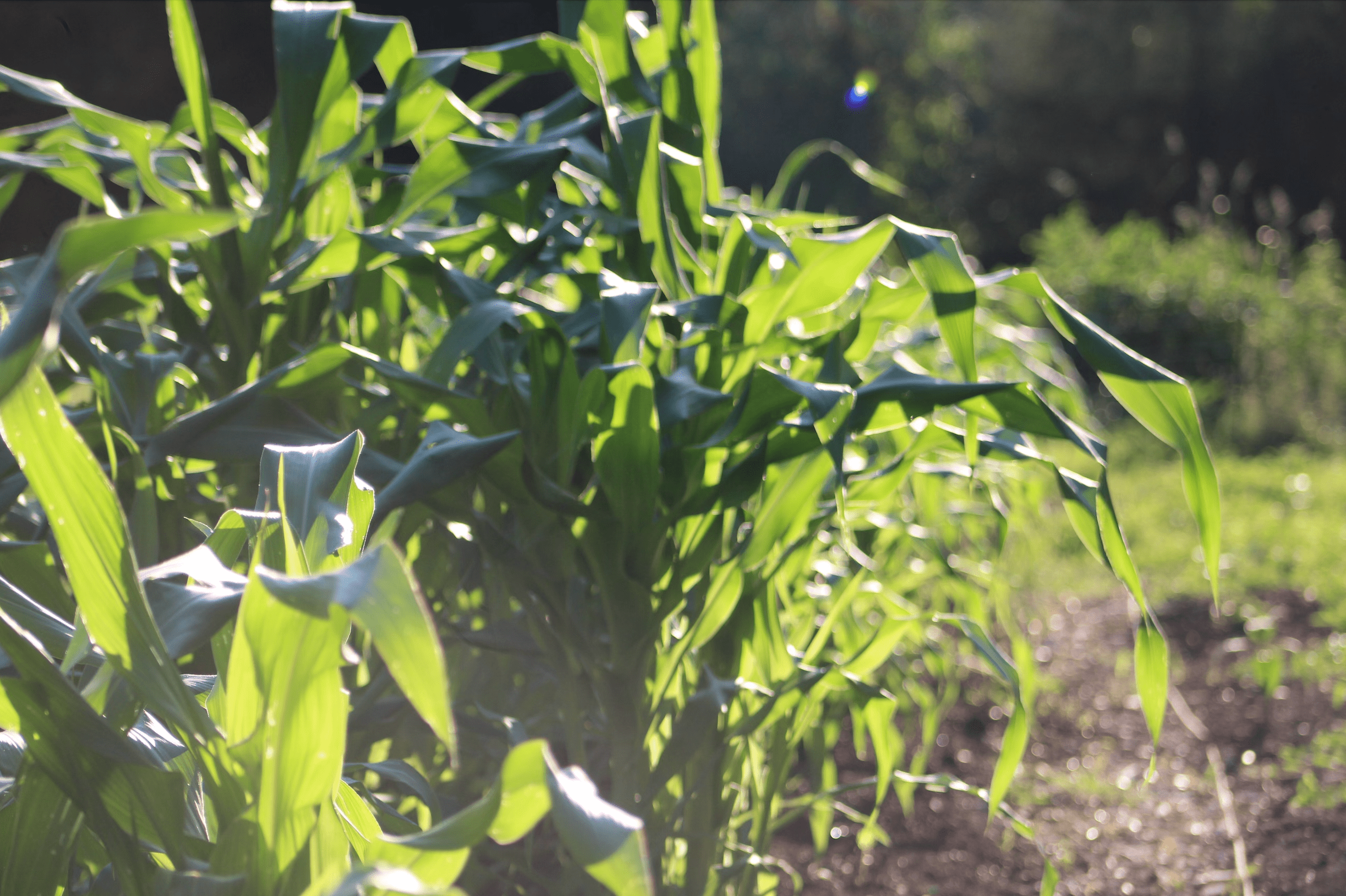This story is from the U-T San Diego website. It was written by Teri Figueroa.
A small Vista aquaponics farm run by a nonprofit that works with homeless families is about to, well, grow.
If all goes to plan, the agricultural enterprise called Solutions Farms will cultivate more produce for its biggest client: the Vista Unified School District.
Earlier this month, the county board of supervisors awarded Solutions a $50,000 grant to design and build the next phase of the two-year-old farm.
The program is run by North County Solutions for Change, which aims to end child and family homelessness. The organization provides housing and support services to 132 families, including about 300 kids, Director Chris Megison said.
Some of Solutions’ parents work at the farm, as part of the program’s emphasis on moving toward self-sufficiency.
The greenhouse operation produces six main crops: baby lettuce, romaine, basil, green onion, rainbow chard and kale. The little farm also raises and sells a tiny amount of tilapia fish for restaurants.
Some of the produce goes back to Solutions for the families it serves, a little goes to other nonprofits and some is sold at farmer’s markets. But half of what the organic farm produces is sold at market rates to the school district, a relatively new arrangement that Superintendent Devin Vodicka called “great for all parties.”
“The idea that our students would benefit from locally grown produce that was helping other people seemed like such a positive, virtuous cycle,” he said.
Since the start of the school year, the district has snatched up all the baby lettuce and romaine it can get from Solutions Farms to help supply the salad bars at the district’s middle and high schools.
It’s organic. And “it looks better and tastes better,” said Brock Smith, the district’s director of child nutrition.
Salad sales are up.
“What ever they have, we take, because we can use as much as they can produce,” Smith said.
The district also calls dibs on the farm’s basil, which finds itself in pizza sauce. Pizza sales are up as well.
Megison calls the farm “innovation no one else is doing in the region.” That’s not only because of the use of aquaponics, but also because the farm puts once-homeless people to work, and because it provides fresh food for local school kids.
Aquaponics combines aquaculture — in this case, raising tilapia, a freshwater fish — with hydroponics — growing without soil.
The gist is that the fish water — with its nutrient-rich fish excrement — is pumped out of the fish tanks and supplied to the plants.
The plants take what they need from the water, and in doing so, cleanse it. Then it’s then pumped back into the fish tanks. Much of the same water is repeatedly recycled.
Water bills at the farm only run about $100 a month.
The first phase of Solutions Farms is a nearly 7,000-square-foot greenhouse operation, which started up in summer 2012.
The rookie aquaponics growers faced quite a few challenges. For example, at one point the water got too cold and many of the tilapia died. They’ve also learned to use ladybugs for pest control instead of harmful-to-the-fish chemicals.
Read the rest of this story and view pictures of Vista at http://www.utsandiego.com/


